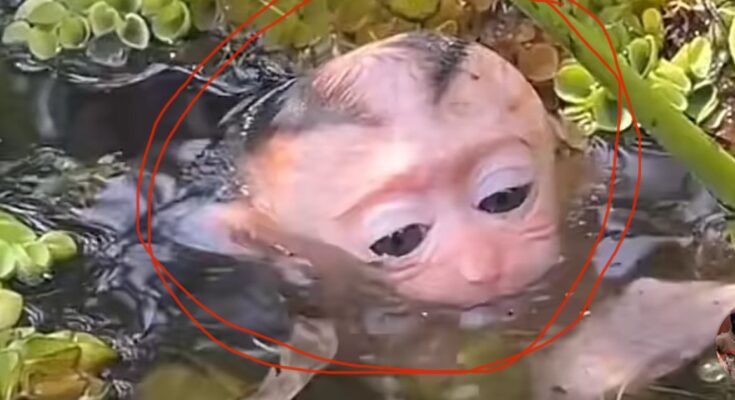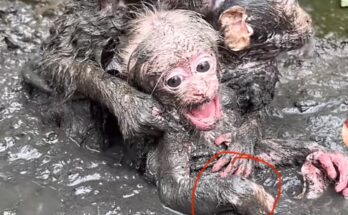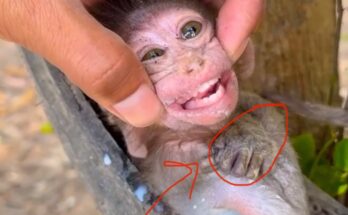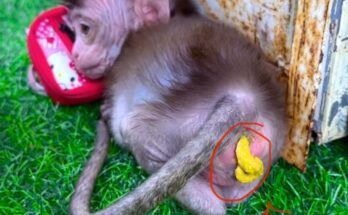Effective First Aid Methods for Drowning Monkeys
In regions where humans and wildlife coexist, interactions with animals in distress are not uncommon. Among the many emergencies that wildlife rescuers face, rescuing a drowning monkey is both urgent and delicate. Whether it’s a macaque falling into a pool or a langur struggling in a river, knowing effective first aid methods can save a life. This article outlines practical steps and considerations for helping drowning monkeys safely and ethically.
Understanding the Risk
Monkeys are excellent climbers and often navigate trees, rooftops, and wires with agility. However, accidents happen—urban expansion, water tanks without safety nets, and deep reservoirs pose real risks. Unlike some mammals, most monkeys do not naturally swim long distances, and panic can quickly lead to drowning.
Step 1: Ensure Human Safety First
Before attempting a rescue, assess the situation carefully. Monkeys can panic and bite, especially when frightened. Always:
-
Avoid jumping into deep water unless you’re trained and equipped.
-
Use nets, poles, or ropes to assist the monkey without direct contact.
-
Wear gloves and protective clothing if contact is unavoidable.
Step 2: Remove the Monkey from Water
Once safe access is possible, remove the monkey from the water quickly but gently. Avoid pulling it by limbs or tail, as this can cause injury. Support the animal’s body, especially the chest and head, to prevent further stress.
Step 3: Assess Breathing and Responsiveness
Place the monkey on a dry surface and check for signs of life:
-
Is it breathing?
-
Is the chest rising and falling?
-
Are the eyes responsive or moving?
If the monkey is unresponsive or not breathing, it’s time for emergency first aid.
Step 4: Perform Gentle Chest Compressions
If you’re trained in animal CPR, perform gentle compressions:
-
Lay the monkey on its side.
-
Place your hand over the ribcage behind the front legs.
-
Give short, rhythmic compressions — about 60–100 per minute.
Do not attempt human-style mouth-to-mouth unless you’re trained in wildlife rescue. Improper technique can cause harm or disease transmission.
Step 5: Clear Airways
Use a cloth to gently wipe away any visible water, mud, or debris from the monkey’s mouth and nose. Tilt the head slightly downward to allow excess water to drain. Do not shake the monkey, as this may cause further injury.
Step 6: Keep the Monkey Warm
Once the monkey starts breathing or becomes semi-conscious, wrap it in a clean towel to preserve body heat. Drowning victims are prone to hypothermia, especially young or small monkeys.
Step 7: Contact Wildlife Authorities or a Veterinarian
Even if the monkey appears to recover, internal damage from water inhalation can be fatal if untreated. Contact your local wildlife rescue team or veterinarian immediately. In many countries, wildlife is protected by law, so involving professionals is both ethical and required.
Final Thoughts
Rescuing a drowning monkey is a high-stress situation that requires quick thinking, care, and compassion. While not everyone is trained to provide advanced animal care, basic knowledge of first aid can mean the difference between life and death. Always prioritize your safety and involve professionals whenever possible.



